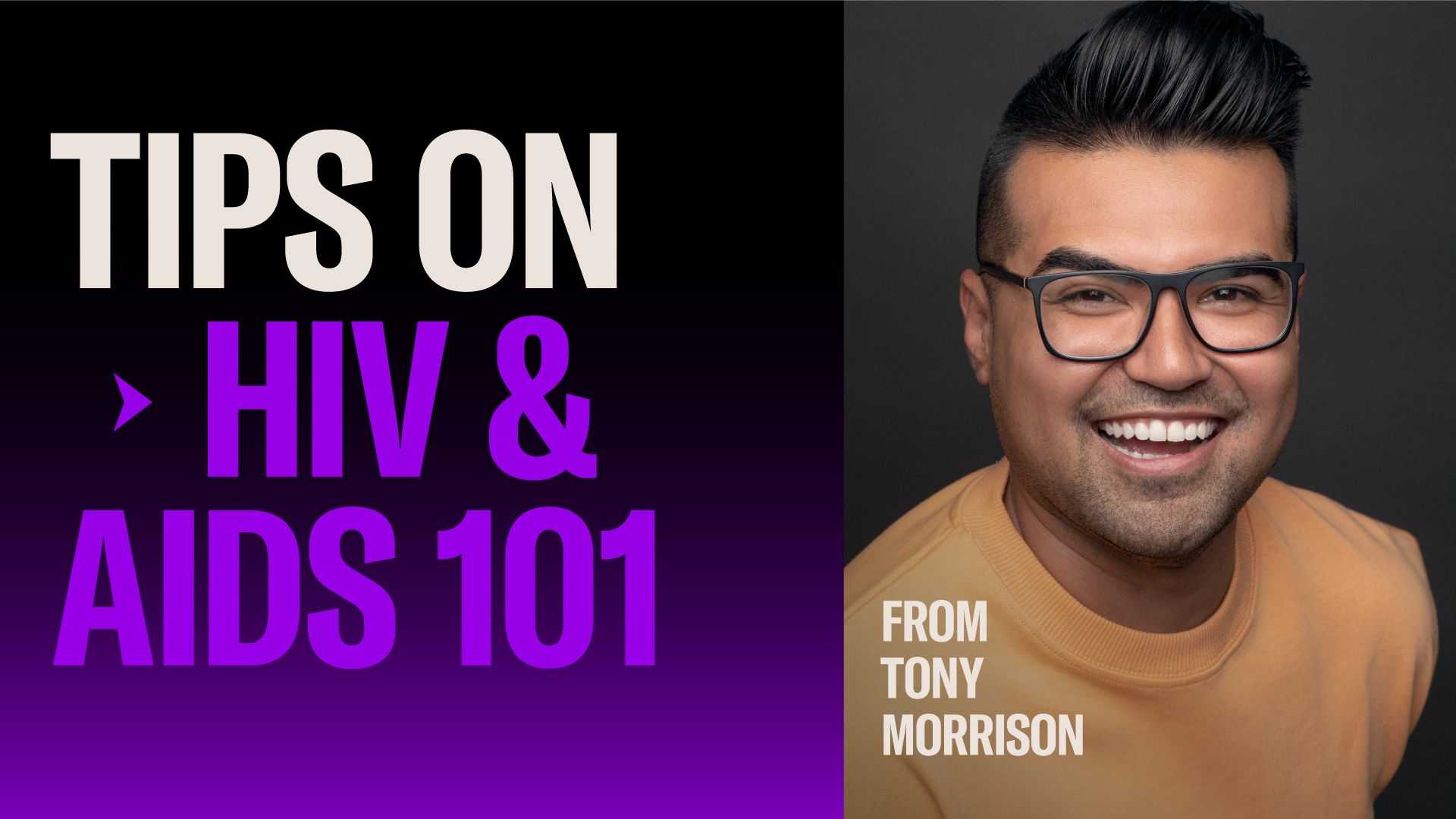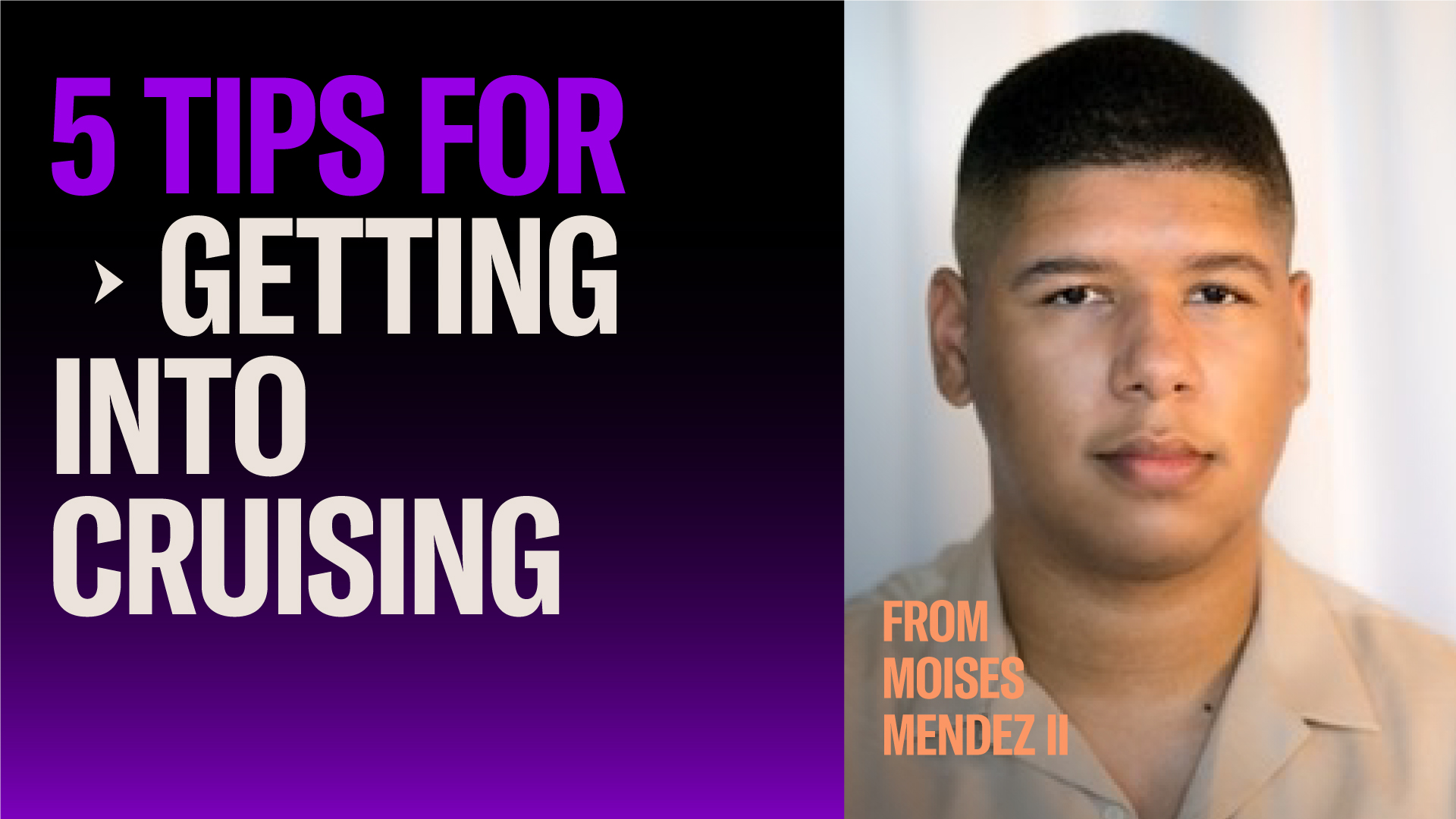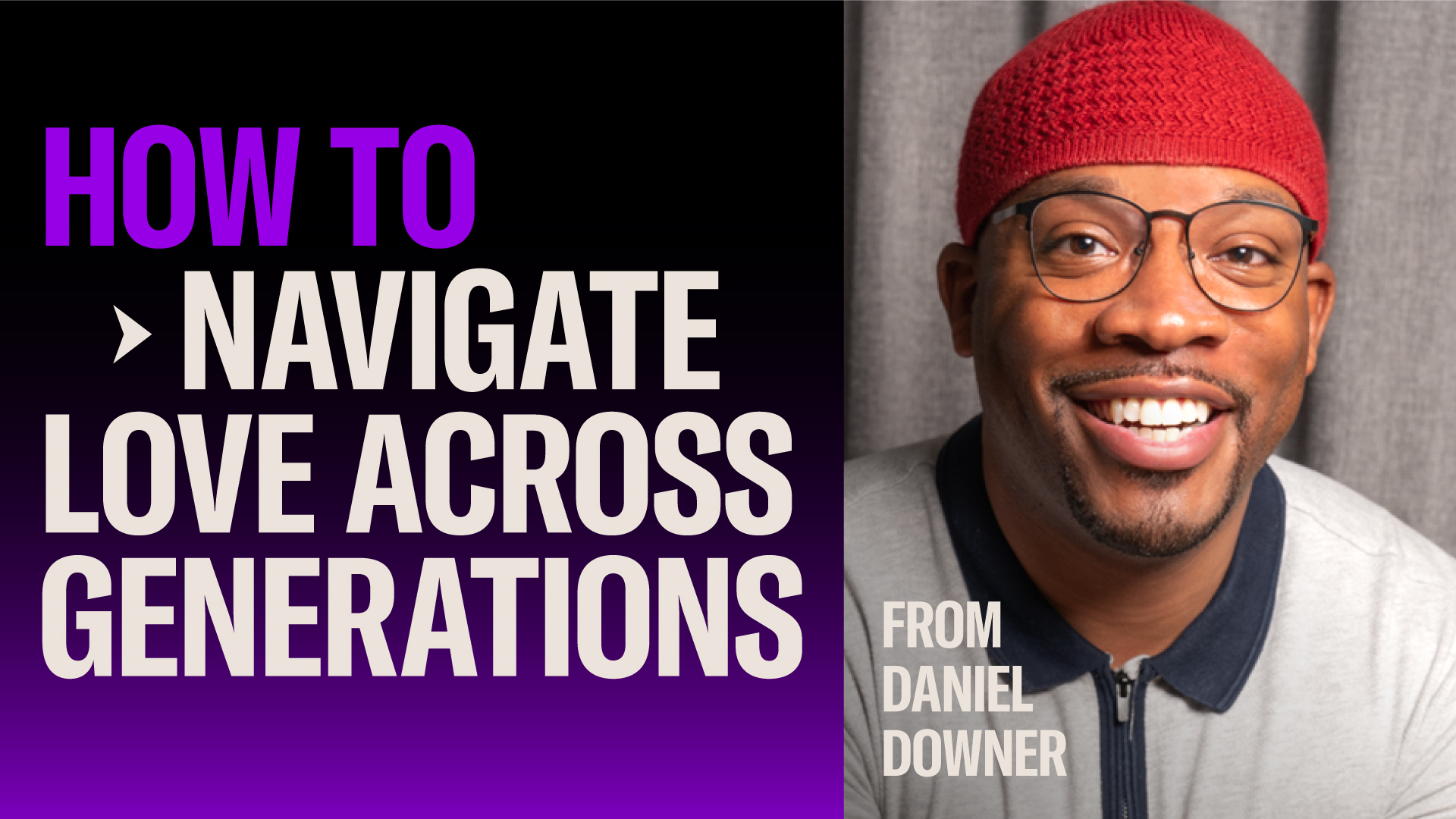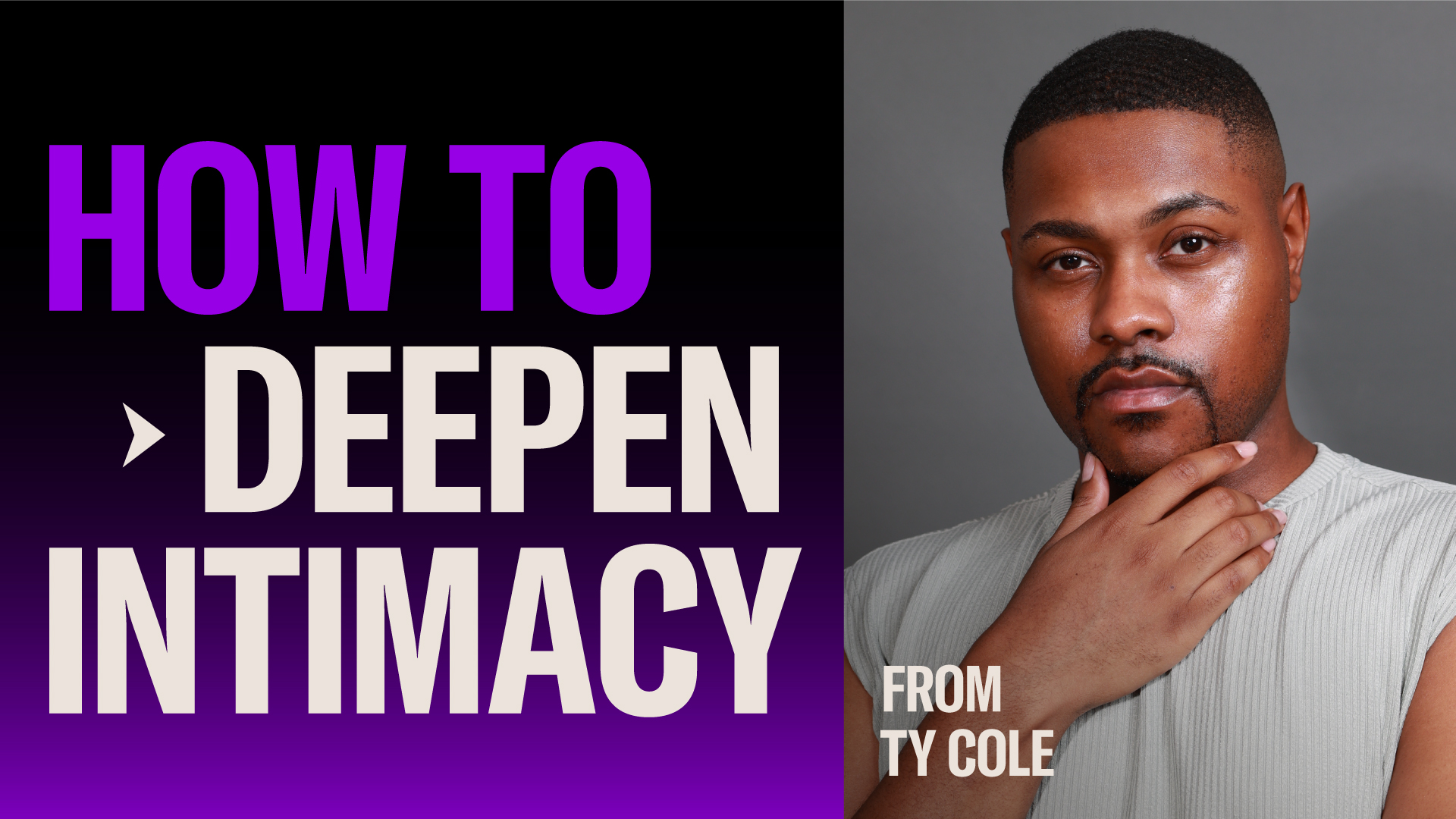It goes without saying that HIV/AIDS has been the most impactful health crisis the LGBTQ community has ever faced. It’s reported that over 100,000 people died of AIDS in the U.S. between 1981 and 1990. As a community, we lost an entire generation. While deaths have slowed as a result of advanced treatment of HIV and HIV prevention, the World Health Organization reports that over 39 million people are currently living with HIV around the world.
The damage it has done goes beyond the loss of life, particularly in terms of the undeniable stigmatizing of relationships and interactions among gay men. But as monstrous as the HIV virus and the shadow it casts over our community is, overcoming the stigma does happen and it starts with education. So here we are with the basics on HIV and AIDS.
Tip 1: Understand what HIV is.
HIV stands for Human Immunodeficiency Virus. It weakens a person’s immune system by destroying important cells that fight disease and infection. There is currently no effective cure for HIV. But with proper medical care, HIV can be controlled. Some groups of people in the United States are more likely to get HIV than others because of many factors, including their sex partners and risk behaviors.
Only if untreated does HIV manifest into AIDS: Acquired Immunodeficiency Syndrome. And while AIDS is the most severe stage of HIV, someone cannot have both HIV and AIDS at the same time.
Tip 2: Know how HIV is spread and its symptoms.
While HIV and AIDS have historically and disproportionately impacted the LGBTQ community, HIV does not discriminate. Although men who have sex with other men account for a majority of new HIV diagnoses in the U.S., CDC data shows that 22% of people who acquire HIV do so through heterosexual contact.
Tip 3: Explore HIV prevention methods.
People with more than one sex partner, those who are sexually active gay and bisexual men, people with other sexually transmitted diseases, and people who inject drugs have the highest risk of contracting HIV. While a variety of factors play into your own individual risk, it’s important to know the basics:
- Use a condom
- You can’t transmit HIV through sexual activities that don’t involve contact with body fluids (semen, vaginal fluid, or blood).
- Talk to your doctor about getting on PrEP
- Get tested and treated for other sexually-transmitted infections
- Never share needles, syringes or other drug injection equipment
Tip 4: Understand what it means to have sex with someone who is HIV-positive.
Undetectable + Untransmittable = Zero Risk. This means that for people diagnosed with HIV, who remain on proper and consistent medication and treatment to keep the HIV virus down to an undetectable level on lab tests, cannot transmit the virus and as a result, carry zero risk of spreading the virus to others.
As long as the person you are having sex with is HIV-positive and undetectable, science tells us that there is zero risk of the virus being passed on to you.
For daters out there living with HIV, getting and keeping an undetectable viral load prevents HIV transmission during sex. There are situations when either partner may want to use additional prevention options. This includes using a condom and taking PrEP. And for all parties involved, test and test often. The CDC recommends every 3-6 months as an ideal frequency.





